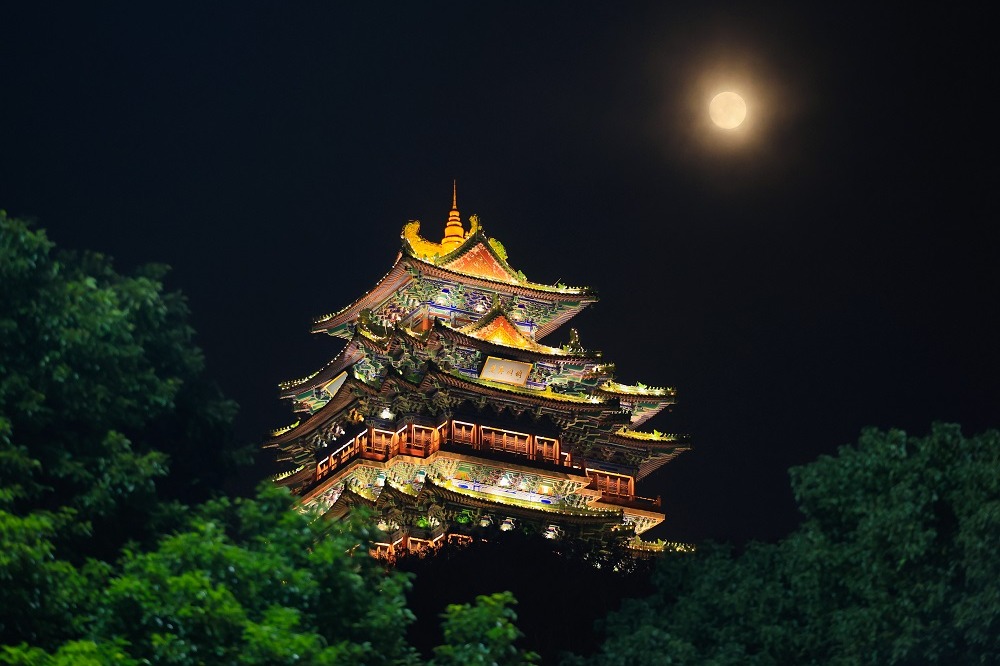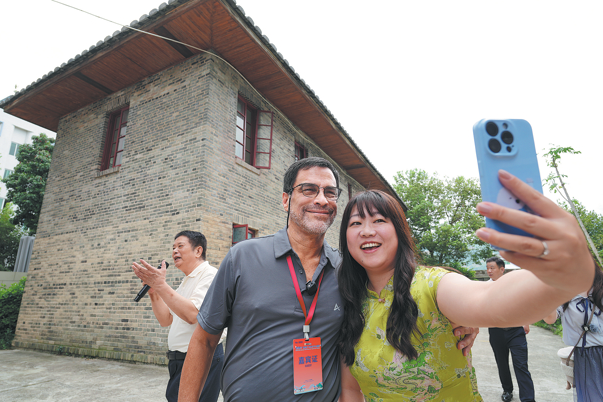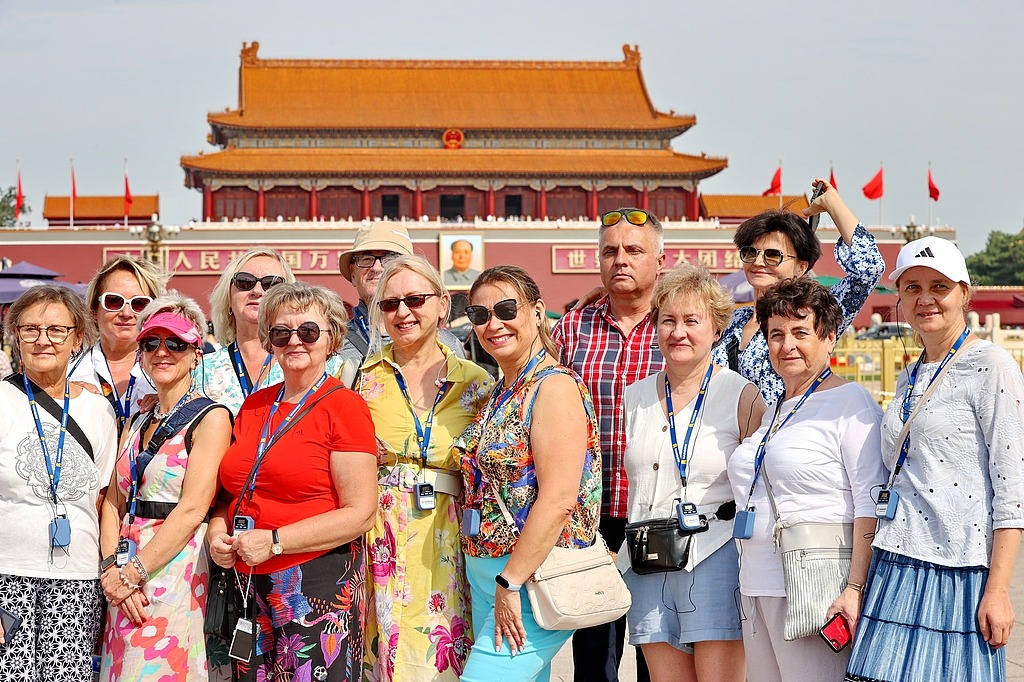Director Philip Yung's new film a love letter to Hong Kong
By Xu Fan | chinadaily.com.cn | Updated: 2023-02-13 09:43

As the first major Hong Kong movie to hop into the Year of the Rabbit, Where the Wind Blows - an epic that joins the hands of giant stars Aaron Kwok and Tony Leung for the first time - has recently been released across domestic theaters.
Marking renowned director Philip Yung's long-awaited outing after seven years of preparation, the movie was selected as Hong Kong's entry to contend as best international feature for the upcoming 95th Academy Awards in September of last year.
Respectively starring Kwok and Leung as Lui Lok and Lam Kong, two notorious corrupt police officers who colluded with gangs between the 1960s and 1970s, the movie revisits the turbulent period through poetic, romantic and nostalgic narration.

Also a scriptwriter and movie critic, Yung won recognition for his directorial debut Glamorous Youth in 2009. Later he rose to fame for the 2014 crime thriller Port of Call, a dark horse that unexpectedly swept seven awards and became the biggest winner of the 35th Hong Kong Film Awards. Impressed and enamored by his distinctive filmmaking style, a lot of diehard movie fans had been anxiously waiting for Where the Wind Blows, arguably Yung's most star-studded casting and biggest-budgeted movie in his directorial career.
However, the movie, which opened on Feb 5, has received mixed reviews, with most of the criticisms centering on some plot holes and unconvincing character development.
Yung released a response on his Sina Weibo explaining that the film was cut from the original five-hour version to a shorter version lasting only three hours and 45 minutes in 2018 before waiting the following five years for its final release. The movie was officially released with a length of 144 minutes.
Depicting the movie as realizing his "humble dream" to write a love letter to Hong Kong, Yung says he wishes the audience could share his understanding and appreciation of Hong Kong's beauty and charm despite different cultural backdrops.
























